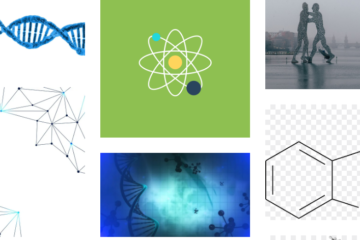Mechanical innovation has made fundamental strides in the consistently propelling universe of advancement, shaping the possible future of various endeavors and improving how we live and work. One remarkable creation stands out among these advancements: the Wizbot.
The Wizbot, with its cutting-edge capabilities and creative highlights, is reclassifying the eventual fate of mechanical technology in ways that were once only the stuff of science fiction.
Wizbot
Wizbot, which translates to “Wizard Robot,” is the brainchild of visionary specialists and researchers who attempted to create a robot that could adjust and learn like a human while performing a variety of tasks. The project began by combining counterfeit perception and mechanical development to create a robot capable of performing complex tasks.
Abilities
Wizbot is powered by a powerful artificial intelligence system that allows it to learn from its surroundings and adapt to changing situations. As a result, this technology can now complete tasks that previously required human intervention.
It can learn from its mistakes and continuously improve its performance thanks to adaptive learning. Because of its adaptability, it is ideal for combining dynamic and unusual conditions, such as solicitation and salvage missions or free turn of events.
Wizbot’s design is inspired by the human body, with limbs that allow it to move and interact with its surroundings in the same way that humans do. As a result, because it can examine complex conditions, this plan is flexible.
This technology can be used for a variety of purposes, ranging from clinical consideration to data collection. It can assist with projects such as medical procedures, mechanical production system work, and, in any case, providing care for the elderly.
Using best-in-class sensors, Wizbot can survey and respond to what is happening, making it useful for experiments requiring constant courses, such as disaster reactions.
Applications
Wizbot’s adaptability and versatility have given it a distinct advantage in a variety of fields:
This technology can assist experts in delicate techniques, handle routine tasks such as medication delivery, and provide companionship to patients in hospitals.
Wizbot’s accuracy and skill make it a valuable resource on production lines, where it can gather complex items quickly and precisely.
In horticulture, this technology can be used for tasks such as planting, reaping, and monitoring crop health, increasing proficiency and decreasing the need for physical labor.
Wizbot’s adaptability and regular recognition abilities make it ideal for search and rescue missions in challenging domains or disaster-stricken areas.
This technology can be used as an instructive device to demonstrate programming, mechanical technology, and critical thinking, preparing people for a tech-driven world in the future.
Challenges and Moral Reflections
While Wizbot has a massive commitment, challenges and moral considerations must be addressed. Security concerns, work dislodging, and the potential for mistreatment of cutting-edge advanced mechanics advancement are issues that society should address as we incorporate robots like Wizbot into our daily routines.
Conclusion
The advancement of Wizbot represents a tremendous achievement in mechanical development. Its ability to learn, change, and perform various tasks sets a new standard for what robots can do. As innovation accelerates, we anticipate that Wiz-bot and its replacements will play an undeniably significant role in shaping the future fate of businesses, medical services, and daily life. In any case, we should proceed with caution, keeping moral concerns in mind and ensuring that these eye-catching robots are used to help humanity. So, with a capable turn of events and a clever combination, Wiz-bot and other robots like it can change our reality for the better.



